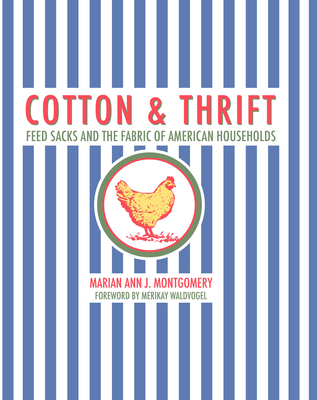Expedite your nonfiction book discovery process with Readara interviews, summaries and recommendations, Broaden your knowledge and gain insights from leading experts and scholars
In-depth, hour-long interviews with notable nonfiction authors, Gain new perspectives and ideas from the writer’s expertise and research, Valuable resource for readers and researchers
Optimize your book discovery process, Four-to eight-page summaries prepared by subject matter experts, Quickly review the book’s central messages and range of content
Books are handpicked covering a wide range of important categories and topics, Selected authors are subject experts, field professionals, or distinguished academics
Our editorial team includes books offering insights, unique views and researched-narratives in categories, Trade shows and book fairs, Book signings and in person author talks,Webinars and online events
Connect with editors and designers,Discover PR & marketing services providers, Source printers and related service providers

Cotton and Thrift: Feed Sacks and the Fabric of American Households
Design > Textile & Costume
- Texas Tech University Press
- Hardcover
- 9781682830420
- 10 X 8 X 0.69 inches
- 1.76 pounds
- Design > Textile & Costume
- (Single Author) Asian American
- English
Readara.com
Book Description
Printed cotton sacks are currently fashionable aspects for material culture research, particularly in the costume and quilt history communities. Beginning in the late nineteenth century through the 1960s, these mass-produced sacks were relied upon by rural America as a valuable source of free fabric for clothing, quilts, and home d�cor. White cotton sacks were ubiquitous beginning in the last half of the nineteenth century; sacks printed with designs would come onto the market in 1937. Large households and farms required significant quantities of flour, sugar, and other staples, as well as animal feed, particularly chicken feed, all of which began to be packaged in cotton sacks at the beginning of the twentieth century. Companies such as the Imperial Sugar Company of Sugarland, Texas, and the Robert Nicholson Seed Company of Dallas, Texas, switched from jute and burlap bags to cotton in order to help ease the cotton slump that hit farmers throughout the South in the early 1920s. As the use of cotton sacks increased, whether the sacks were used to package human consumables or animal feed, these fabrics became colloquially known as feed sacks.
In 2015, more than 5600 printed cotton sack pieces came into the holdings of the Museum of Texas Tech University in the Pat L. Nickols Cotton Sack Research Collection. The Nickols Collection includes white sacks, printed partial and whole cotton sacks, swatches of printed sacks, instructional booklets, garments, quilts, quilt tops, and decorated white sacks. Combined with earlier and subsequent individual donations, the almost 6000 feed sack pieces held by the Museum of TTU make this the largest collection of feed sack materials to be assembled by an American museum, and likely the largest such collection in public hands. The Nickols Collection was brought to the museum in support of research, thus this publication serves to both showcase the breadth of the Pat L. Nickols Printed Cotton Sack Research Collection and also serve as a comprehensive visual archive for these important artifacts of rural American material culture.
Author Bio
Marian Ann J. Montgomery, Ph.D. is Curator of Clothing and Textiles at the Museum of Texas Tech University. She is a quilt historian and has published through the American Quilt Study Group. Dr. Montgomery earned her Ph.D. in fashion and textile history/museum administration from New York University through studies in the Costume Institute and Textile Study Room at the Metropolitan Museum of Art.
In 2018 she received the Bybee Scholar award for her work in promoting and preserving the art of quilting. Dr. Montgomery resides in Lubbock with her husband and dog, and she quilts in her spare time.
Source: Texas Tech University Press
Videos
No Videos
Community reviews
No Community reviews

